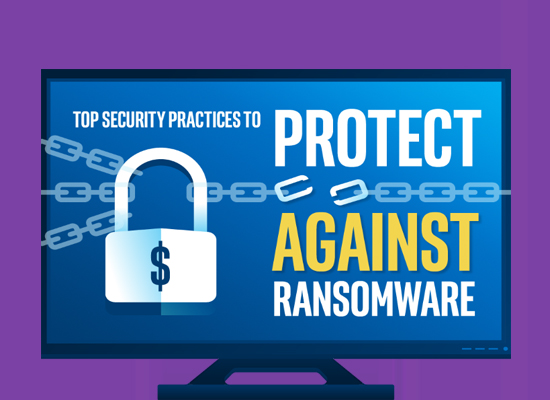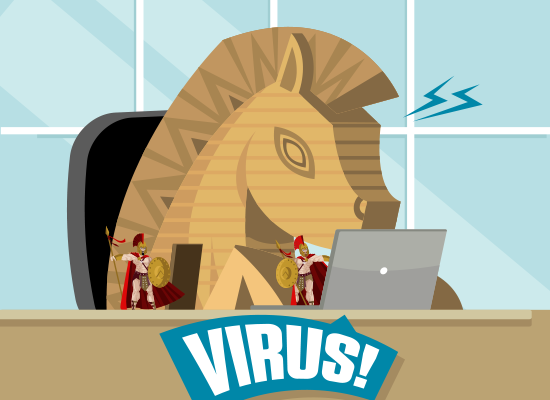Defend Against Ransomware
Updated on October 21, 2022, by Xcitium
Ransomware is one of the most deadly cybersecurity threats to businesses and corporations of all sizes. To effectively combat ransomware, there is a need for a combination of advanced global threat intelligence, technical solutions appropriately configured according to best practices, and strong end-user education and training. Also, a secure backup solution (ideally a cloud-based backup) is a must to defend against ransomware.

Below are a few of the ways you’ll be able to defend your network against ransomware attacks and avoid paying ransom to cybercriminals.
#Educate Your Employees
Employees who lack awareness (and training) about ransomware and safe computing habits pose the greatest risks and are tempting targets for ransomware attacks. Thus, it is critical for any organization to educate its users and create awareness about ransomware.
#Secure Your Network
To defend against ransomware and other forms of malware, securing your network is a must. Apart from the use of endpoint security solutions, you should also use intrusion prevention and other security technologies at the network perimeter.
#Back Up Your Files Regularly
Depending on how quickly the ransomware is detected, how widely it has spread, and the level of data loss, recovery from a backup could be a good option.
However, this calls for a smarter backup strategy such as offline and cloud backups. By having a backup of your important files, you can safeguard your precious data from ransomware scams. Even if targeted, you don’t have to worry about the threats posed by the cybercriminals.
#Patch Your Systems And Applications
Many ransomware attacks are based on known vulnerabilities in software applications, as well as in operating system and plug-ins. Therefore it is critical for you to patch your systems and applications as and when the patches are available.
Defend Against Ransomware: Segment Your Network To Prevent The Spread Of Ransomware
Once a system gets compromised, the ransomware will try to spread from that computer to other computers on that network. If it infiltrates a server where all the data and mission-critical applications reside, it can severely impact the business.
Segment your corporate network and keep critical applications and devices isolated on a separate network or virtual LAN to limit the spread of infection.
#Real-time Network Traffic Monitoring
There’s a lot of focus on filtering inbound connections, but there should also be filtering in outbound connections as well. Since the ransomware relies on the instruction given by a remote hacker, blocking the initial outbound attempts to connect to the attacker’s server can stop the ransomware at the initial stages.
#Secure Your Email System
Since ransomware spreads through emails as well, it is crucial for any organization to deploy good email security system. Spoofing is a type of fraudulent email activity in which cybercriminals send email messages from a forged sender address.
For a regular user, such emails appear to come from one legitimate user, but they are coming from someone completely different. This type of email may contain malicious attachments containing ransomware.
If you are an enterprise user, it is advisable to use Xcitium Advanced Endpoint Protection (AEP). Xcitium (AEP) provides complete end-to-end protection across the boundary, internal network, and across endpoints preventing even the most advanced malware, including the ransomware.
For more details about Xcitium Advanced Endpoint Protection, contact us at EnterpriseSolutions@comodo.com or +1 888-256-2608.
Xcitium Antivirus Resources


